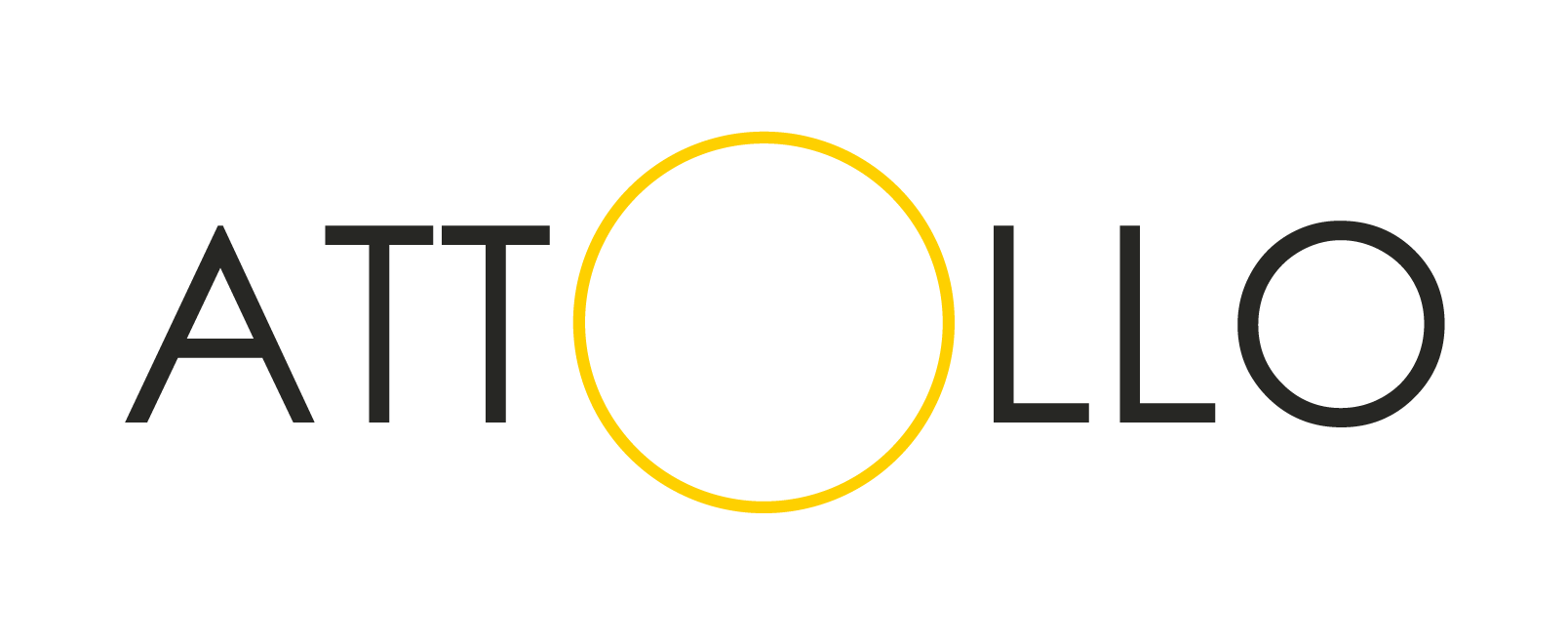Oil & Gas UK estimates suggest £17 billion will be spent on decommissioning in the UK Continental Shelf (UKCS) between now and 2025. With P&A accounting for the lion’s share of costs, rigless approaches, enabled by vessels, can help the sector slash the decommissioning bill.
Time is money.
When further economic recovery of mature or aging wells in offshore oil and gas fields is no longer possible, they need to be permanently plugged and abandoned as part of decommissioning activity.
P&A entails sealing wells to prevent leakage of environmentally harmful hydrocarbons and often removing all infrastructure on the seabed.
P&A work is both costly and time-consuming. The UK Oil and Gas Authority has found that well P&A represents 48% of the total cost of UKCS decommissioning.
Over the next several decades decommissioning will potentially cost Europe’s oil and gas producing countries, such as the UK, Norway and the Netherlands, several hundred billion euros, which taxpayers in these countries will be paying the brunt of.
Traditionally, drilling or workover rigs have been deployed to carry out P&A.
According to Martin Straume, P&A team leader at Aker BP, moving to rigless P&A could achieve 50% in cost savings compared with conventional techniques.
Improving understanding of well condition.
A key challenge facing operators and contractors planning P&A campaigns is understanding the state of wells, especially the integrity of cement bonding. If this is compromised it can require costly intervention such as milling casings that cannot be pulled.
Cement bond logging (CBL) enables analysis of the cement bond. CBL can simplify and de-risk P&A campaigns by removing complex steps to check cement bond integrity. In many cases CBL can be done by wireline interventions, using jackup barges and lift boats.
Today, vessel-enabled services, such as wireline and coiled tubing, can often carry out all phase two P&A steps, whereby the permanent barriers are set across the well. Worked examples of this have been seen where coiled tubing has been used to set cement across one or two annuli, where suitable cement bond integrity to the formation has been deemed acceptable.
Minimising milling.
When P&A has to involve casing milling it is costly, time-consuming and usually involves the usage of a drilling rig.
In conventional P&A carried out from a rig, casing milling is required when the integrity of the cement bond behind the casing is compromised. The P&A work entails milling out the casing, as well as the cement to set a proper plug.
P&A campaigns planned and conducted with the aim of reducing and eliminating casing milling creates a growth opportunity for barges and jackup vessels as a rig is no longer required.
Alternative approaches, such as perforation wash and cement and milling without swarf-to-surface further reduce the requirement for a full-scale drilling rig.
Newer developments.
Rigless P&A covers various techniques for doing P&A, some which are commercially deployed today and others which are more advanced. Jackup vessels and barges are the perfect partner for supporting these emerging alternative approaches, which in many cases are taking a fresh, radical look at well abandonment.
Examples include Norwegian start-up Well-Set. The Stavangar-based company is developing a process that uses magnetorheological (MR) cement to form a barrier in an annular space.
The MR cement is suspended between two magnetic fields until the cement sets and allows for casing to be plugged using rigless techniques like wireline or coiled tubing. Cutting and pulling casing is no longer required.
Well-Set is also developing a technology that allows the abandonment barrier to be verified by pressure testing from below. This allows for a mechanical base for an abandonment barrier, made from cement, resin, or thermite materials, to be set inside the casing or liner and permanent abandonment plugs set on top.
The Oil & Gas Technology Centre (OGTC) in Scotland supports developments and advances in technology that can simplify P&A, helping the industry to move away from heavy interventions, such as milling, to reduce decommissioning costs. In some cases techniques being supported can be done from a vessel.
Recently funded projects include work by Baker Hughes (BHGE) to develop a technique for CBL through multiple casing strings, improving on current systems that deliver logging behind one casing or tubular, to cut the cost and time associated with removing casing to verify barrier integrity.
OGTC also funded a project with BiSN to verify the company’s Wel-Lok M2M technology, which uses a modified thermite heater to melt bismuth-based alloys, to form a permanent barrier. Bismuth plugs can be deployed on wireline without the need to remove tubing. More recently, a field-trial of the Wel-Lok M2M, deployed via E-line, has been completed by BiSN in collaboration with Altus Intervention in a well owned by Aker BP in the Norwegian North Sea.
Spirit Energy has also been field testing an alternative plugging solution based on thermite reaction, developed by Norway’s Interwell. The technology, which uses thermite and a controlled chemical reaction in the well rather than the traditional cement plug, has been trialled in onshore wells in Canada and, more recently, in the UK, supported by Spirit and the OGTC.
The ultimate goal is for Interwell is developing its system for offshore P&A using a thermite reaction to create plugs via an E-Line, which can be done from a vessel.
If Rigless P&A is a ‘Holy Grail’ for the industry in terms of simplifying decommissioning and reducing costs, in reality it covers a range of approaches, some commercially mature and others still, undergoing trials, but which are representative of the cutting edge of what is possible.
While field trials in many cases will use a fixed rig, the ultimate step is to do away with the rig where possible, reducing associated costs. However, this can overlook the other benefits that using vessels for P&A campaigns can provide.
Benefits.
- Increased wrench time: Liftboats and jackups can transfer crews to platforms and remain offshore for as long as required minimising time spent transferring crew.
- Agility and flexibility: Liftboats and jackup vessels are much more agile than moving rigs around to different sites and can take advantages of periods between bad weather which prevent rigs being prepared, towed and re-sited at other locations.
- Supporting accelerated learning: Having the same teams of crews and personnel work on a P&A campaign, not only increases wrench time among cross-skilled crews but also supports an accelerated learning curve among teams, who can complete individual well tasks before moving on to the next one quickly, refining their approach each time.
- Swiss Army Knife toolkit: Barges support and enable a range of different techniques for the various stages and aspects of well P&A, for example, using wireline for well kill and deep-set plug phases, as well as cementing. These vessels also have onboard capacity to store different equipment items, as opposed to waiting for equipment to be delivered from shore, including storage facilities for various fluids needed to carry out techniques such as cementing.
For more information, contact:
Share this insight

